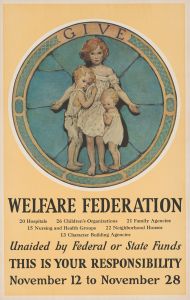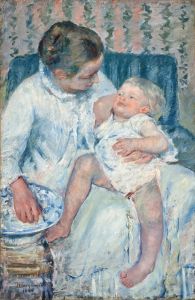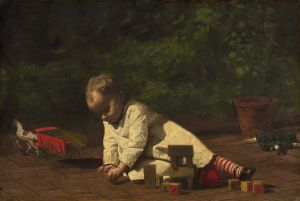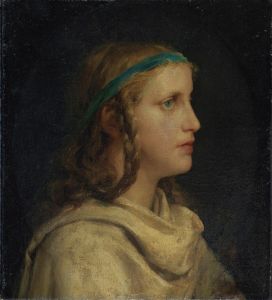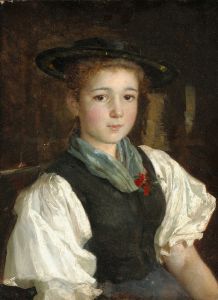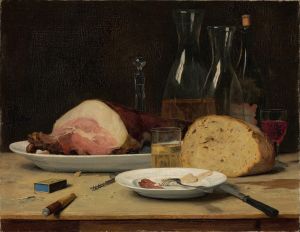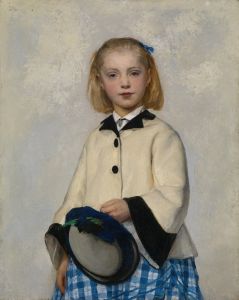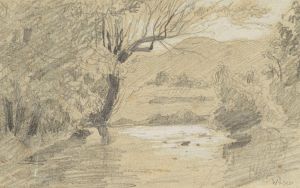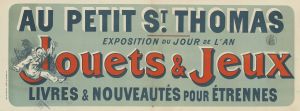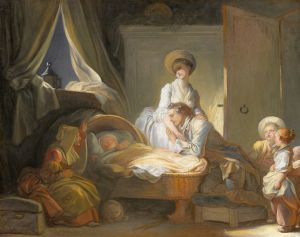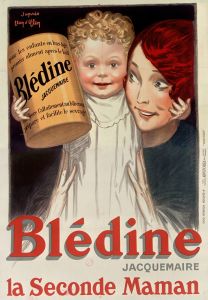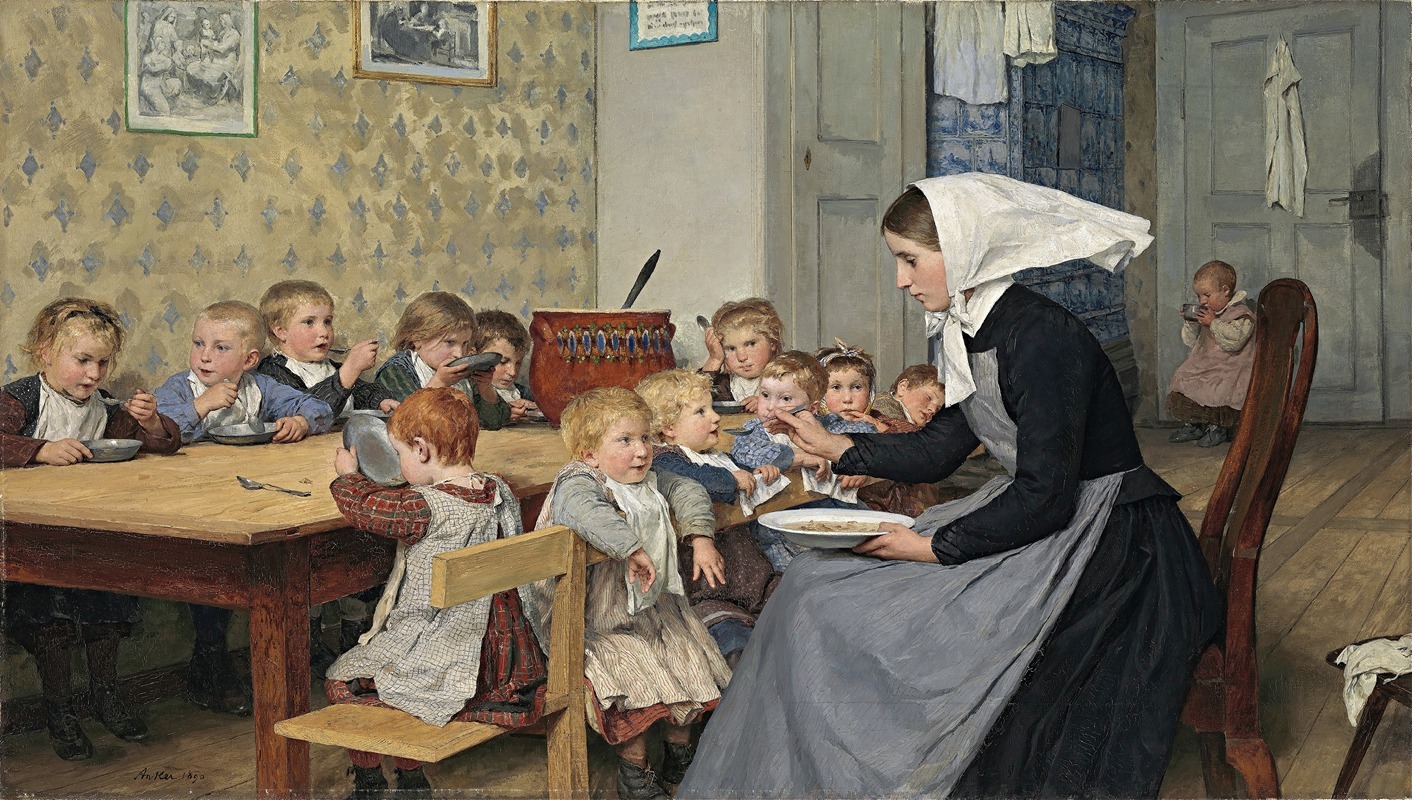
Die Kinderkrippe I
A hand-painted replica of Albert Anker’s masterpiece Die Kinderkrippe I, meticulously crafted by professional artists to capture the true essence of the original. Each piece is created with museum-quality canvas and rare mineral pigments, carefully painted by experienced artists with delicate brushstrokes and rich, layered colors to perfectly recreate the texture of the original artwork. Unlike machine-printed reproductions, this hand-painted version brings the painting to life, infused with the artist’s emotions and skill in every stroke. Whether for personal collection or home decoration, it instantly elevates the artistic atmosphere of any space.
Albert Anker's painting Die Kinderkrippe I (translated as The Nursery I) is a notable work by the Swiss artist, who is widely recognized for his detailed and sentimental depictions of everyday life in 19th-century Switzerland. Anker, often referred to as the "national painter" of Switzerland, focused on themes that reflected the simplicity, innocence, and moral values of rural life. His works frequently portrayed children, families, and domestic interiors, capturing the essence of Swiss culture during his time.
Die Kinderkrippe I is one of Anker's many paintings that centers on children, a recurring subject in his oeuvre. The painting depicts a scene in a nursery, where young children are gathered in a communal setting. True to Anker's style, the composition is rich in detail and conveys a sense of warmth and care. The children are shown engaged in various activities, and the setting reflects the modest yet nurturing environment typical of rural nurseries in the 19th century. Anker's use of light and color enhances the intimate atmosphere of the scene, emphasizing the innocence and vulnerability of childhood.
Albert Anker was known for his ability to combine realism with a sense of idealism, and Die Kinderkrippe I exemplifies this approach. His paintings often served as a visual record of Swiss rural life, preserving the traditions and values of his era. Anker's work was deeply influenced by his academic training in Paris, where he studied at the École des Beaux-Arts and was exposed to the techniques of realism and genre painting. However, he adapted these influences to suit his own artistic vision, focusing on the everyday lives of ordinary people.
While Die Kinderkrippe I is not as widely discussed as some of Anker's other works, it remains an important example of his dedication to portraying the lives of children and the social structures that supported them. The painting reflects Anker's belief in the importance of education, care, and community, themes that resonate throughout his body of work.
Albert Anker's art continues to be celebrated for its technical precision, emotional depth, and cultural significance. His paintings, including Die Kinderkrippe I, are housed in various museums and private collections, where they are appreciated for their historical and artistic value.





